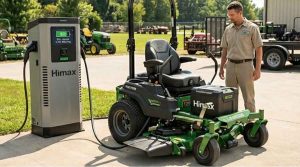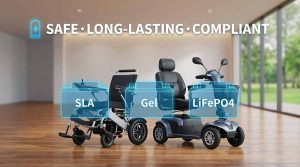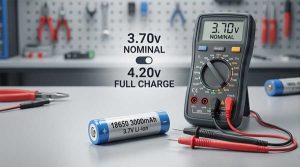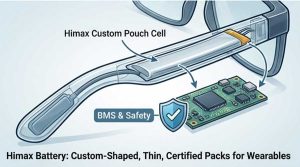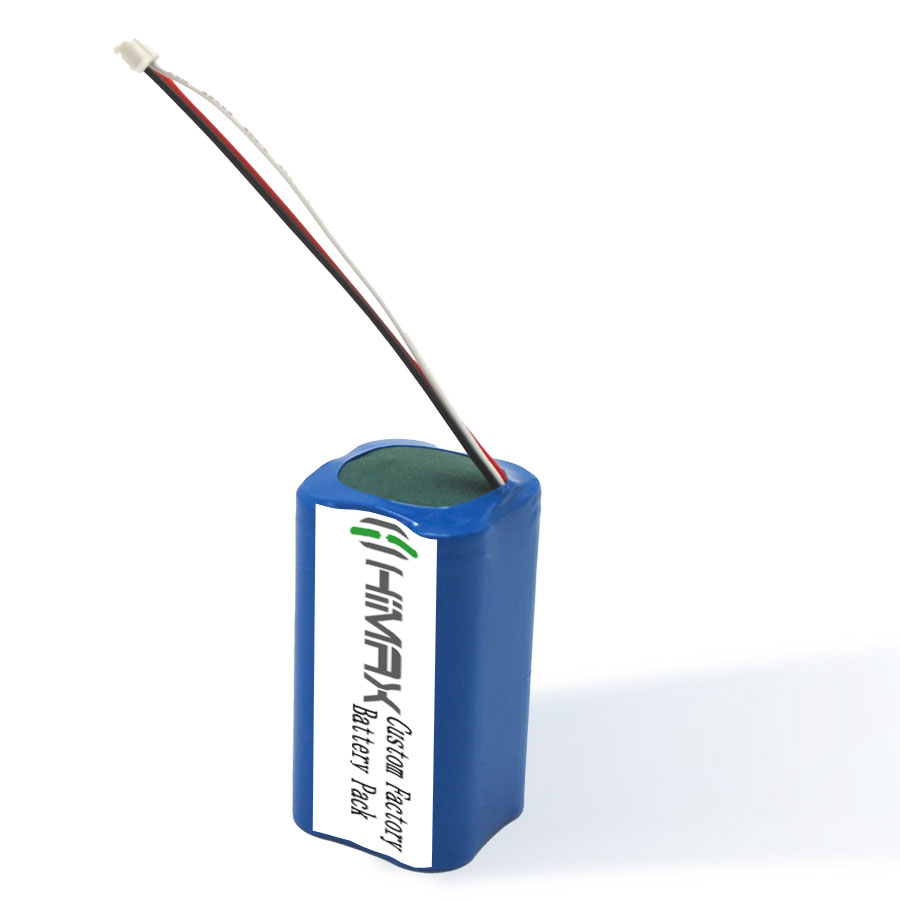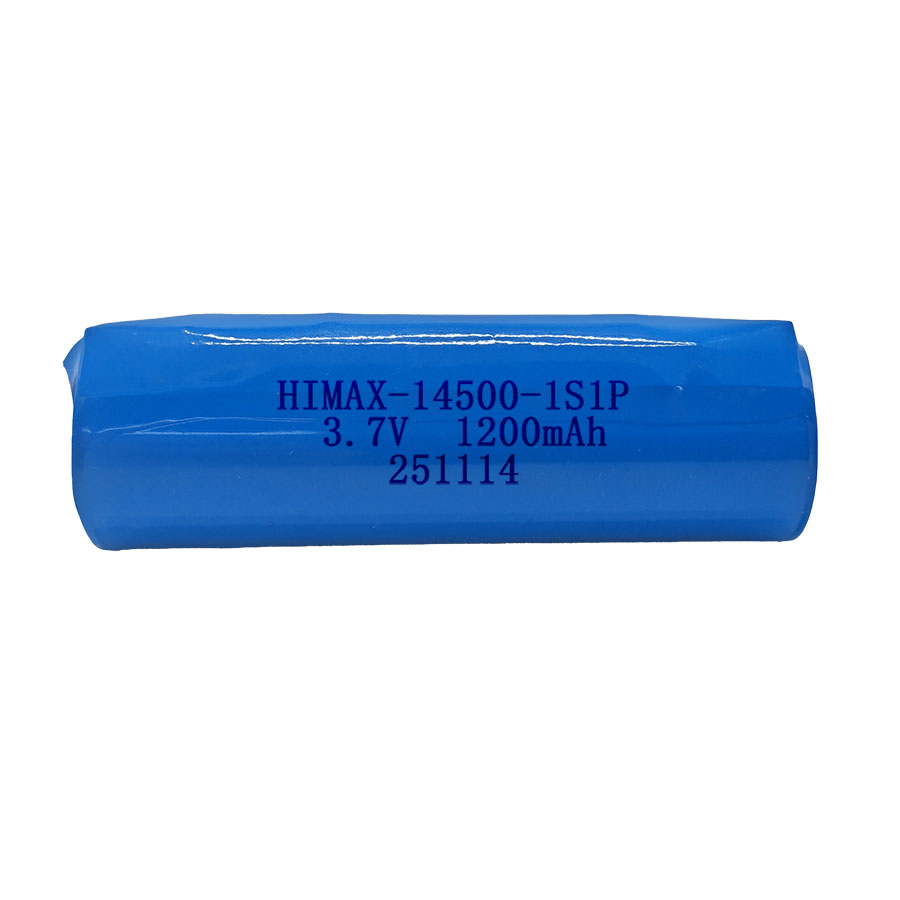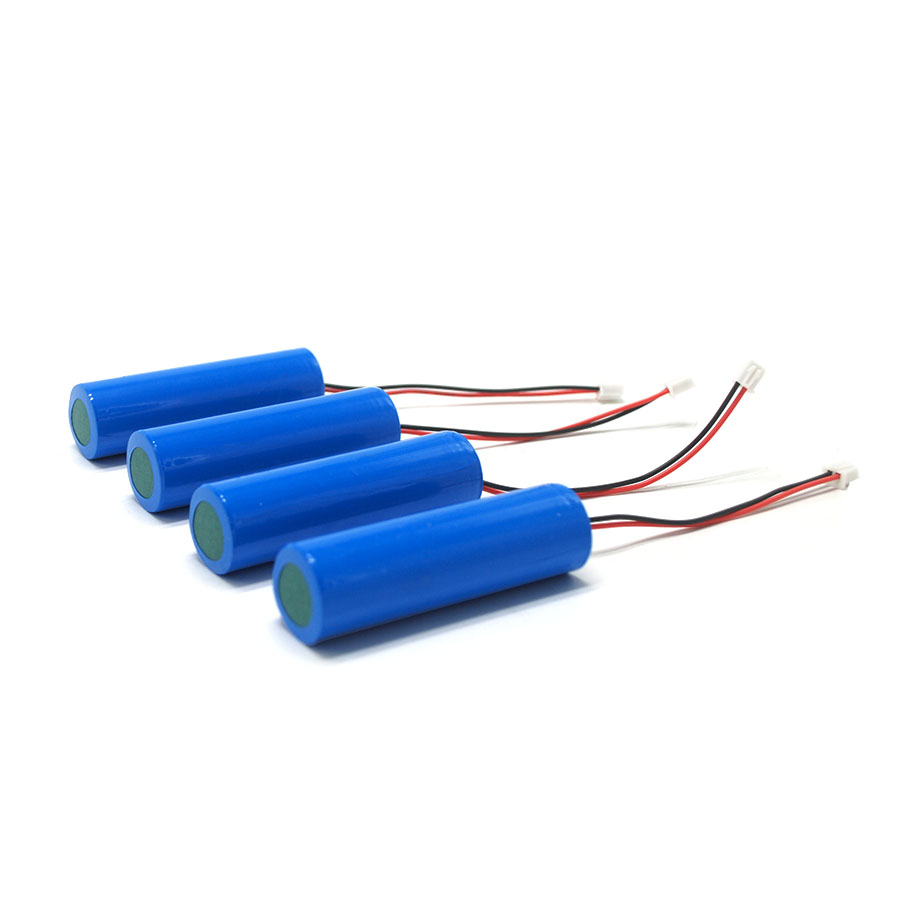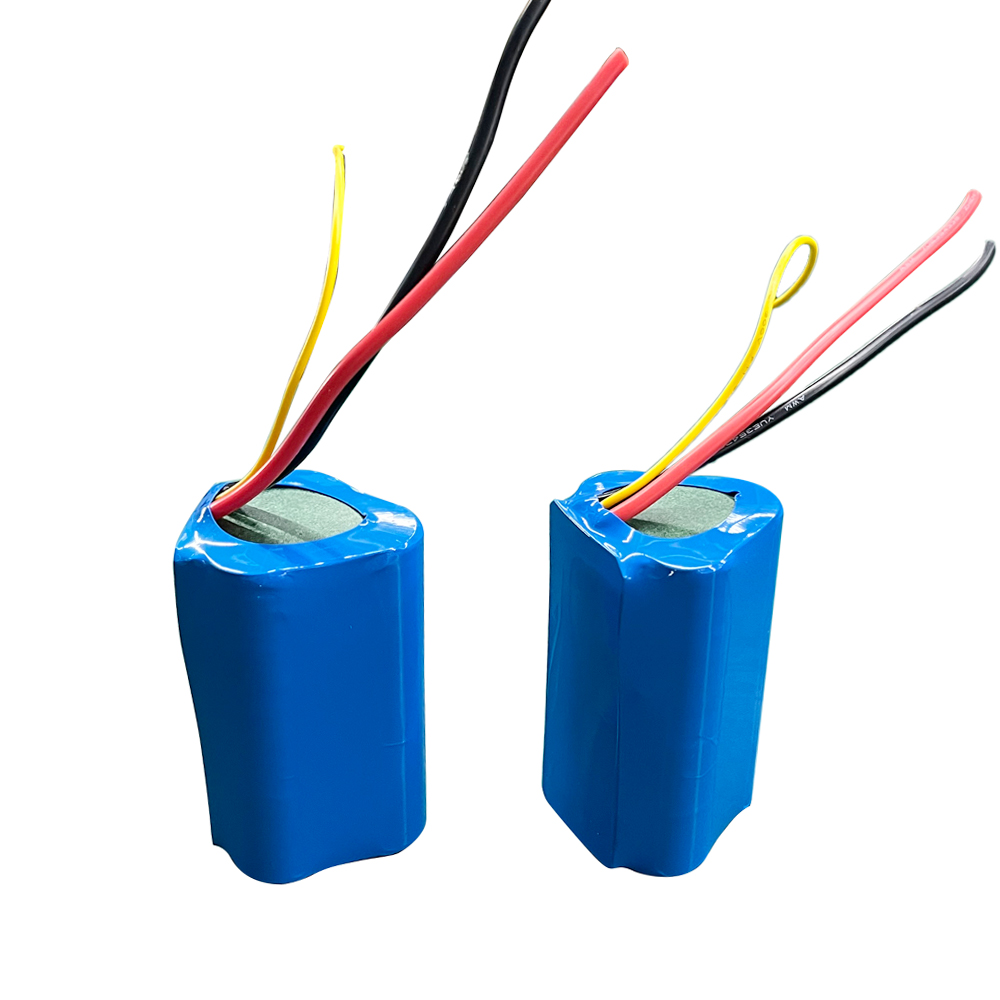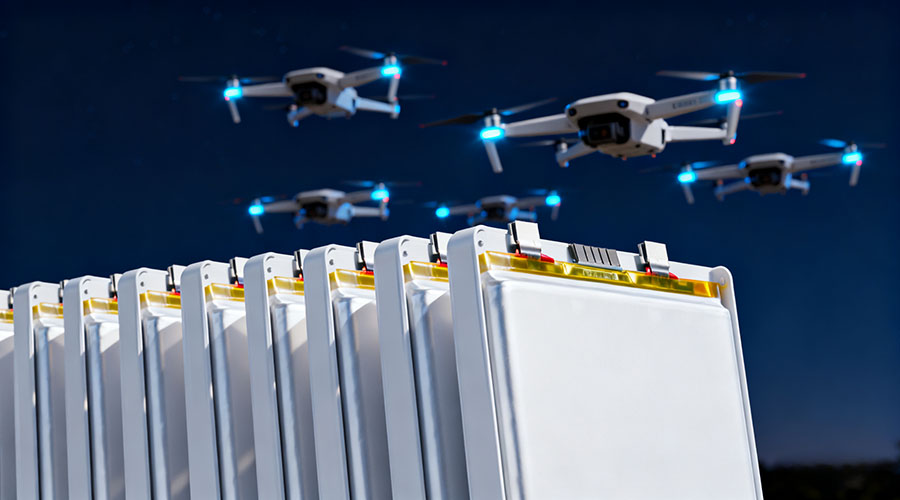
The Growing Importance of Drone Batteries in 2025
In 2025, drones are more than just flying gadgets—they are eyes in the sky, delivery partners, and creative tools for professionals. Whether you’re filming cinematic landscapes, inspecting power lines, or racing through obstacle courses, your drone battery is the heart that keeps your machine alive. Without a reliable battery, even the most advanced drone becomes a grounded dream.
The market for drone batteries is rapidly evolving, offering more power, faster charging, and better safety than ever before. Yet, the number of choices can feel overwhelming. Should you choose a lithium polymer battery (LiPo) or a lithium-ion battery? Is capacity more important than weight? And how can you be sure you’re buying from a trusted online source? Let’s explore what to look for when purchasing drone batteries online in 2025.
Understand What Makes a Quality Drone Battery
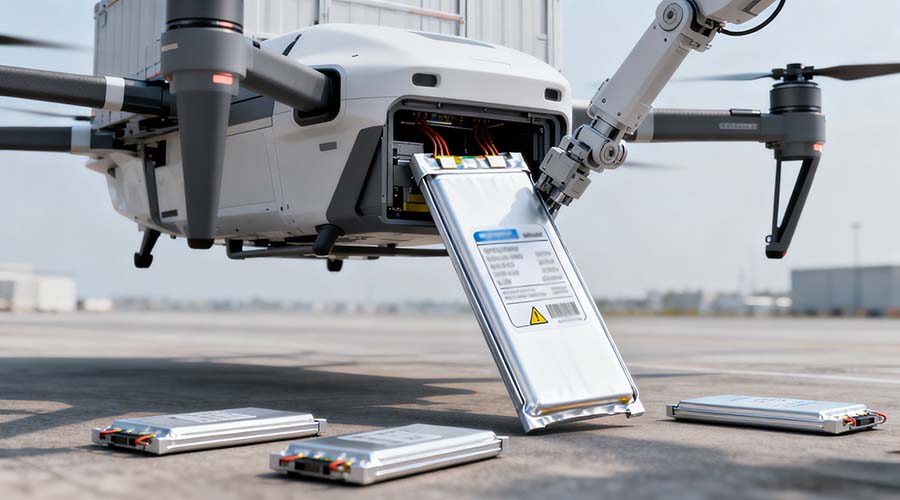
Think of a drone battery as the drone’s heart and lungs combined. It provides the power to lift, balance, and move through the sky. But not all batteries are created equal.
A high-quality lithium battery should offer the perfect balance between capacity, voltage, and weight. Capacity, measured in milliamp hours (mAh), determines how long your drone can stay airborne. Voltage influences the drone’s thrust and speed. The trick is finding harmony between these factors—too much capacity increases weight, and too little voltage limits performance.
When shopping online, always look for technical details that clearly list the battery’s energy density, discharge rate (C-rating), and cycle life. A good drone battery should endure at least 200–300 full charge cycles before showing signs of decline.
Pay Attention to Compatibility and Manufacturer Recommendations
Buying a random battery for drones online might feel convenient, but compatibility is critical. Each drone model is designed for specific battery dimensions, connectors, and voltage requirements. Using the wrong one can cause overheating, reduced battery life, or even permanent drone damage.
Always follow the manufacturer’s guidelines. Check the official drone website or manual for recommended battery models. If you’re buying from a third-party supplier, double-check the connector type (XT30, XT60, or proprietary) and dimensions before purchasing.
Imagine putting diesel fuel into a gasoline engine—it might fit, but it won’t run. The same logic applies to drone batteries: a mismatch can be disastrous.
Choose the Right Capacity for Your Flight Needs
There’s a saying in the drone community: “Flight time is freedom.” The higher your battery capacity, the longer your drone stays in the air. However, more isn’t always better. Large-capacity batteries are heavier, which can reduce maneuverability and increase motor strain.
If you’re a photography drone user, prioritize battery endurance for longer shoots. For racing drones, opt for lightweight batteries with high discharge rates that provide quick bursts of power.
In 2025, many new models feature smart batteries that automatically balance cells, monitor temperature, and optimize energy output. These intelligent power units make flying safer and extend battery performance.
Verify Online Seller Reputation Before You Buy
The internet is full of sellers claiming to offer “premium drone batteries at half price.” But as the old saying goes, if it sounds too good to be true, it probably is.
Before adding a drone battery to your cart, investigate the seller’s reputation. Look for customer reviews, verified purchase tags, and warranty details. Avoid listings without clear specifications or photos. Reputable suppliers provide transparency about battery chemistry, production date, and safety certifications (such as CE, RoHS, or UN38.3).
You wouldn’t buy medicine from an unverified source—why risk your drone’s safety?
Check for Built-In Safety and Protection Features
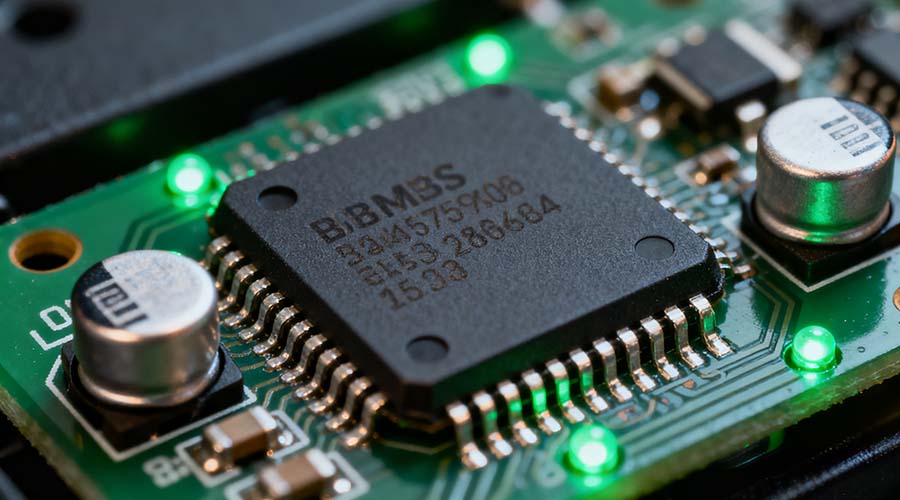
Modern drone batteries are smarter than ever, equipped with battery management systems (BMS) to prevent overcharging, short-circuiting, or overheating. These systems act like a guardian angel for your drone, protecting it during charging and flight.
When browsing online, look for batteries that include protection features such as:
- Overcharge and over-discharge protection
- Short circuit prevention
- Temperature control sensors
- Cell balancing
A well-designed battery management system ensures that every cell operates within safe limits, maximizing both performance and longevity.
Compare Prices—but Don’t Compromise Quality
Price comparison is essential, but cheaper isn’t always smarter. Many low-cost drone batteries cut corners with subpar materials or lack protective circuitry. These “budget” options may save you a few dollars today but cost you an entire drone tomorrow.
Instead of chasing the lowest price, look for value—the balance between cost, performance, and durability. A slightly more expensive battery from a reliable brand often provides better battery stability, longer flight times, and safer charging cycles.
In 2025, consider investing in brands known for high-quality lithium batteries that undergo strict testing and quality control. They deliver consistent power output, which means smoother flights and fewer mid-air surprises
Learn How to Read Technical Specs Like a Pro
Technical terms can feel like a foreign language at first, but understanding them gives you power as a buyer. Here are a few basics every drone owner should know:
- Voltage (V): Determines motor speed and thrust. Match your drone’s voltage exactly.
- Capacity (mAh): Influences flight duration. Higher mAh = longer flight, but also more weight.
- Discharge Rate (C-rating): Defines how quickly the battery can release power. Racing drones need higher C-rates.
- Weight: Affects maneuverability and flight stability.
Once you learn to interpret these numbers, you’ll spot fake or exaggerated listings immediately. It’s like learning to read nutrition labels—you’ll know what’s healthy for your drone.
Avoid Common Mistakes When Buying Drone Batteries Online
Many drone enthusiasts make the same purchasing errors: choosing the wrong connector, ignoring shipping regulations, or overlooking warranty terms. Lithium batteries are considered hazardous for transport, so check that your seller follows proper shipping and packaging standards.
Also, be cautious of counterfeit products. They may look identical but lack the internal quality of genuine brands. Always confirm authenticity through serial numbers or official retailer verification.
Charging and Maintenance: The Key to Long Battery Life
Buying the right battery is only half the story. Proper care ensures it lasts. Use the manufacturer-approved charger, avoid overcharging, and store your drone battery at around 50–60% charge if you won’t fly for a while.
Keep batteries away from heat sources and direct sunlight. Before every flight, check for swelling, corrosion, or unusual heat buildup. Treat your battery like a living thing—it breathes, rests, and performs best with care
Power Your Drone with HiMAX Drone Batteries
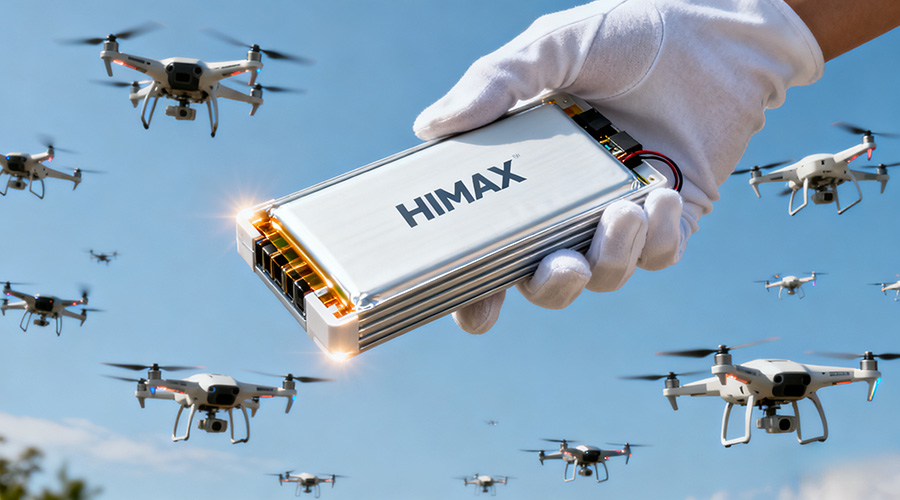
When it comes to dependable power, HiMAX Drone Batteries are built to exceed expectations. Engineered with high-density lithium cells, advanced BMS protection, and extended cycle life, HiMAX ensures your drone flies longer, safer, and more efficiently. Each battery undergoes strict testing for stability, temperature resistance, and fast-charging performance.
Whether you’re a professional pilot or a hobbyist, HiMAX drone batteries deliver consistent power for every mission—because when you fly with HiMAX, you fly with confidence.


